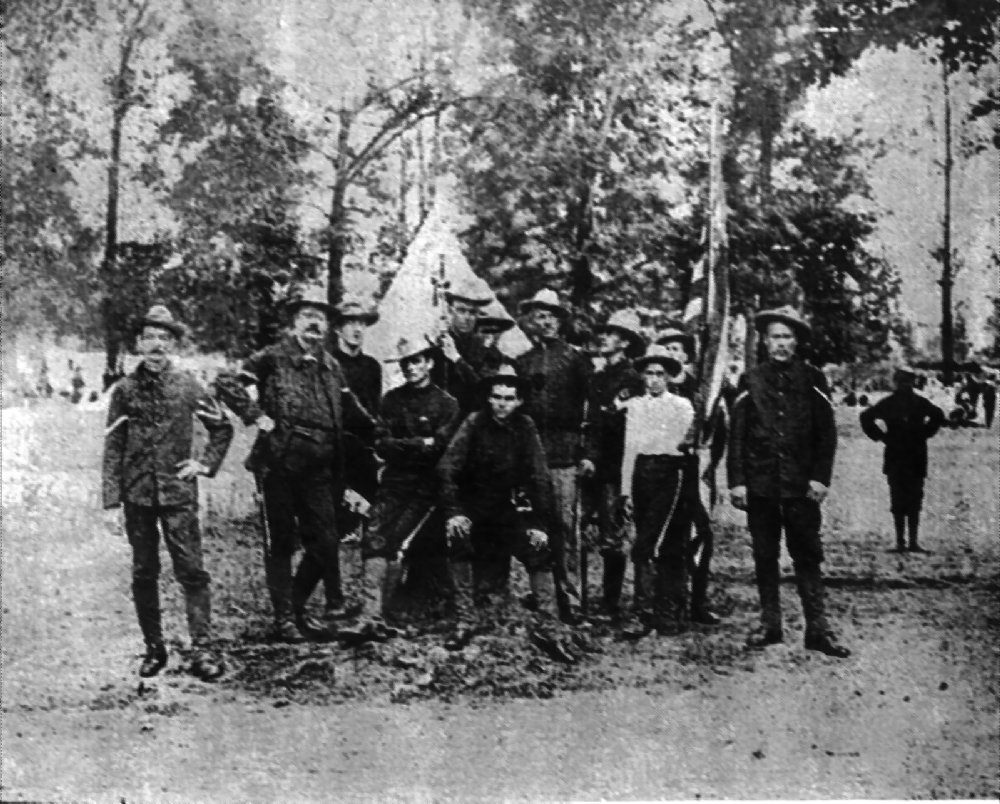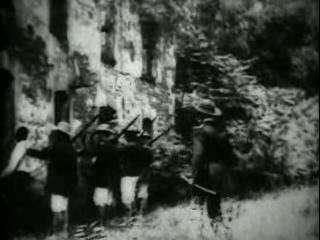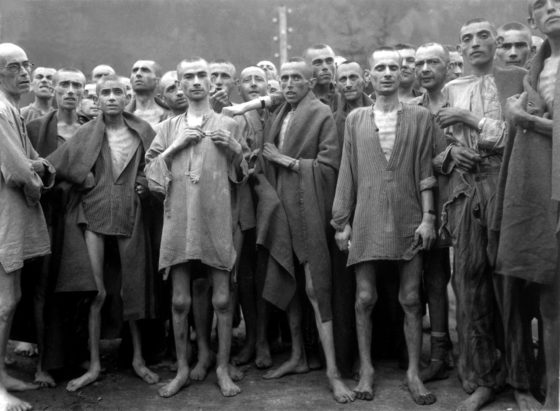
“Amazingly, many of these early wartime newsreels have survived and are freely available online today.”
(Originally published Nov. 14, 2012)
EARLY PHOTOGRAPHERS immortalized conflicts like the Crimean War, the American Civil War, and the Franco Prussian War. (To see some of these early images click here.)
But by the 1890s, a whole new generation of trailblazers using emergent motion picture technology would themselves furnish posterity with yet another trove of historic treasures: the first moving images of warfare.
Amazingly, many of these early wartime newsreels have survived and are freely available online today. As such, we’ve pulled together an assortment of them from various sources. See some of them below.

Spanish American War
When Cuban nationalists rebelled against their colonial Spanish masters in 1898, America couldn’t help but get involved. As the crisis escalated, and revelations of Spain’s brutal suppression of the popular uprising became known, voters in the U.S. clamoured for intervention. When the warship USS Maine exploded mysteriously in Havana harbour on Feb. 15, 1898, Washington suspected Spanish skullduggery and promptly declared war.
The three-month conflict would see the United States evict Spain from both Cuba and even the Philippines. As U.S. troops deployed to the Caribbean and the South Pacific, early motion pictures cameras were there to capture the drama. Currently, many of these reels are available through the U.S. Library of Congress. Here’s what they showed:
The first clip is of the wreckage of the U.S.S. Maine in Havana harbour shortly after the explosion that destroyed her. Although the hull of the vessel is surrounded by salvage craft, the debris is visible by around the 30-second mark.
This clip shows U.S. troops disembarking for action at a harbour in Cuba. These are reportedly the first American soldiers to arrive in the country. The film was shot by a photographer named William Paley in June of 1898 for Edison Studios.
Above is an 1898 clip of Theodore Roosevelt’s legendary Rough Riders training in Orlando, Florida shortly before being sent into action against Spanish troops in Cuba. The film was copyrighted in 1903 by New Jersey-based the American Mutoscope and Biograph Company, one of the first U.S.-based film studios.
Also from the American Mutoscope and Biograph Company, but copyrighted five years later by Edison Studios, the above clip supposedly shows newsmen in Key West, Florida rushing into a telegraph office to wire home developments from the front line. It’s likely that the entire event was staged for the camera and is possibly a recreation of the real event, which would have occurred earlier.
Early news reports were known as “actualities” and in many cases (as we suspect from the clip above) were staged or fabricated recreations. Such is certainly the case with this clip above that purports to show American troops in action. In reality, the soldiers are National Guardsmen engaged in a mock battle on location in New Jersey. These films were actually taken after the war was over.
Following its triumph over Spain, the United States entered into a counterinsurgency against Filipino rebels. This clip shows U.S. troops in action against the insurgents. This footage is almost certainly another example of a staged reenactment, judging by how quickly after the fighting medics and civilian nurses leap into the trenches in their clean white uniforms.

The Boer War
Film equipment was readily available in Great Britain to capture the following footage of the Second Boer War (1899 to 1902). Here are images of British troops as they depart for South Africa along with footage of troops in the field.
Next comes some footage of unidentified British Empire troops operating in the field in 1899. At around the one-minute mark, a team of riders begins to set up what looks like a Maxim gun. The position of the camera (forward and to the right of the troops) suggests that this was sequence was likely a demonstration of combat tactics rather than a real battle itself.

Russo-Japanese War
In the early 20th Century, Imperial Russia and the Empire of Japan were on a collision course. The dispute arose over competing claims to territory in both Manchuria and on the Korean Peninsula. By 1904, the rivalry erupted into a full-scale shooting war that would last more than a year and a half and cost nearly 100,000 lives. Interestingly enough, parts of the conflict were captured on film. Here is some footage of the Imperial Japanese Army in the field during the war with Russia.










Reblogged this on Asatru / Heathen South Africa.
I like watching the troop as the march. We are always led to believe that soldiers mark in perfect formation, weapons sloped, in step. Whilst this is true on man ceremonial duties, it’s good to see the more relaxed swagger of troops marching in this footage, uniforms not perfect, sleeves rolled up to different lengths……
Also noticed the Maxi – was impressive to see the speed.